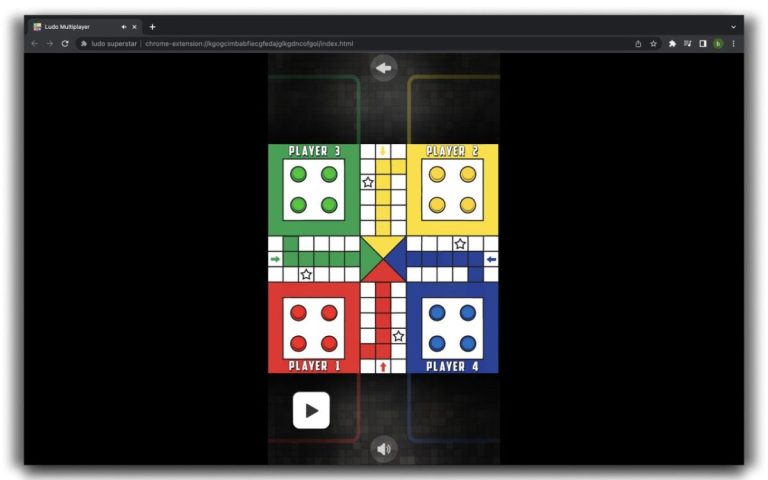Hollywood has produced hundreds of poker films since the 1960s, yet most fail basic accuracy tests. Cards appear in impossible combinations. Players make bets that violate standard rules. Dealers handle chips incorrectly. Among the extensive catalog of poker cinema, only a handful of films demonstrate genuine knowledge of the game’s mechanics and culture.
Pokerology.com identifies Rounders (1998) as having “the most realistic poker action of any movie to date.” The publication calls it “the undisputed champ when it comes to poker movies” for combining realism with drama. The film follows Mike McDermott, played by Matt Damon, through underground card rooms and legal casinos. Each hand carries weight comparable to final table action at major tournaments, according to the site’s analysis.
The Film That Changed Poker Cinema
PokerNews states that “Rounders is widely regarded as the most authentic poker movie” in their coverage of gambling films. The movie’s influence extends beyond entertainment. Stage and Cinema reports that “many skilled poker players today say that ‘Rounders’ made them want to play.” The publication praises the film’s “spot on poker strategy” and basement game scenes that “feel real” for depicting pre-internet poker accurately.
Beat The Fish ranks Rounders first in their comprehensive poker movie listing. While acknowledging the film “hasn’t got amazing reviews from movie review sites,” they maintain it remains “one of the best films about the game of poker” according to industry professionals. The movie appears at number two on IMDb’s “100 best gambling and poker movies” list.
How Professional Players Judge Movie Poker Scenes
Professional poker players often critique Hollywood’s card games for basic errors in betting sequences, table etiquette, and hand probabilities. When players who regularly play poker watch these films, they spot mistakes in chip handling, incorrect dealing procedures, and impossible betting patterns that casual viewers miss.
Films like The Cincinnati Kid (1965) and Mississippi Grind (2015) receive praise from professionals for showing realistic betting progressions and authentic table dynamics. In contrast, movies featuring royal flushes appearing multiple times per game or players constantly drawing perfect cards on the river get dismissed as fantasy by those who understand actual odds and variance in the game.
Underground Games and High Stakes Reality
Molly’s Game (2017) earns recognition for accuracy in depicting underground poker circuits. Solzyatthemovies.com describes the film’s portrayal of “the glamorous, if perilous, world of off-the-books poker in places like Los Angeles and New York.” The movie presents itself as “a cautionary tale about ambition and excess” that appeals to poker enthusiasts and general audiences alike, according to the publication.
The film draws from actual events surrounding Molly Bloom’s operation of exclusive poker games for celebrities and business executives. Its depiction of buy-ins, rake structures, and player psychology aligns with documented accounts of similar underground operations. Indieshortsmag.com confirms the movie’s appeal to poker fans for its authentic representation of high-stakes private games.
The Contrast With Fantasy Poker
Casino Royale (2006) represents the opposite end of the accuracy spectrum. Pokerology.com describes its poker action as “straight out of a fairytale,” citing improbable hand combinations like “a flush vs. a full house vs. a bigger full house vs…a straight flush” appearing in single pots. These scenarios occur so rarely in actual play that their inclusion marks the film as pure entertainment rather than realistic portrayal.
Maverick (1994) receives similar criticism from Pokerology.com as “another film in which the poker is more fantasy than fact.” The movie prioritizes spectacle over accuracy, featuring impossible draws and perfect timing that professional players recognize as scripted convenience rather than genuine poker dynamics.
Earlier Films That Got It Right
California Split (1974) maintains strong credibility among poker historians. Beat The Fish cites Vulture.com’s assessment, calling it “the greatest film about gambling ever made.” The site notes Steven Spielberg’s involvement in the writing process and describes it as “a must-watch film for poker fans” containing “great poker scenes.”
The film captures 1970s card room culture with attention to period-accurate betting structures and player behavior. Its depiction of compulsive gambling psychology and the relationship between skill and luck in poker predates similar themes that Rounders would explore decades later.
Small Stakes Authenticity
Win It All (2017) takes a different approach by focusing on low-stakes gambling. PokerNews highlights the film’s “grounded and emotional portrayal of low-stakes gambling,” distinguishing it from movies that concentrate exclusively on million-dollar pots and celebrity players. The movie shows neighborhood games and small-time hustlers with accuracy that resonates with recreational players who recognize their own poker environments.
The film avoids glamorizing poker while maintaining technical accuracy in its game sequences. Betting patterns match actual small-stakes dynamics. Players make mistakes consistent with amateur skill levels. The variance and bankroll management issues depicted align with real challenges faced by semi-professional players.
Technical Details That Matter
Accurate poker films share specific characteristics. They show proper shuffling and dealing techniques. Betting sequences follow standard rules for limit, pot-limit, or no-limit structures. Chip stacks remain consistent between shots. Players act in turn without confusion about position or action.
Sound design matters too. Authentic films capture the distinct sounds of clay chips clicking, cards sliding across felt, and the subdued conversation typical of serious games. Camera angles reveal hole cards sparingly, maintaining tension without resorting to impossible scenarios where every player holds premium hands simultaneously.
Dialogue in realistic poker films includes actual poker terminology used correctly. Characters discuss pot odds, position, and tells in ways that make sense to knowledgeable players. They avoid explaining basic rules through clunky exposition that real players would never articulate during games.






